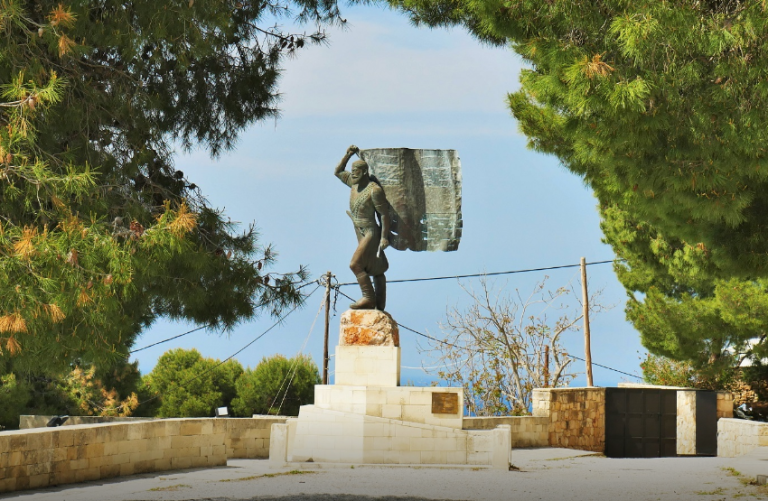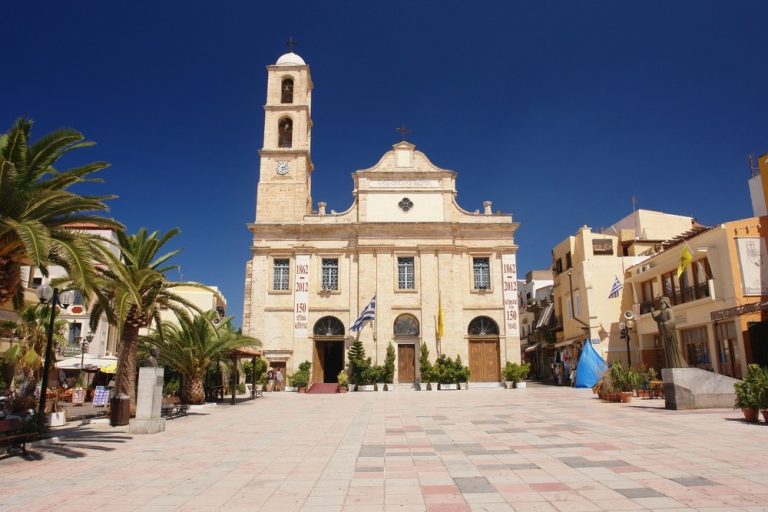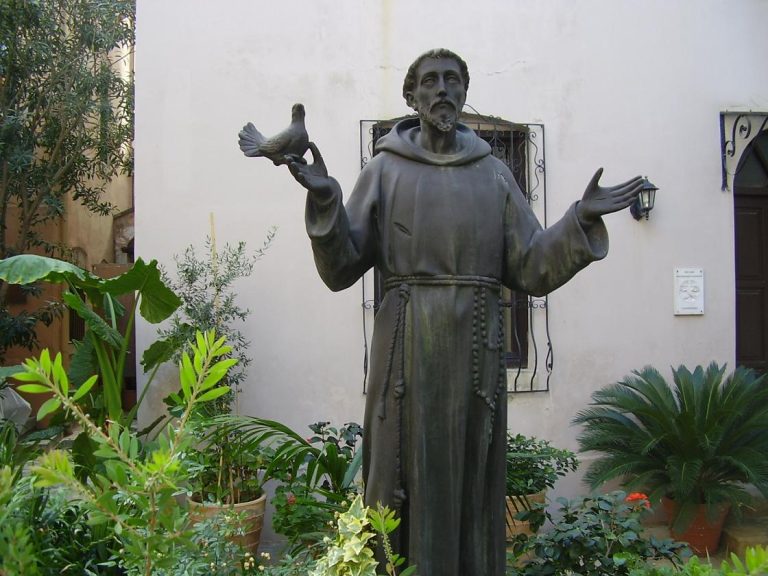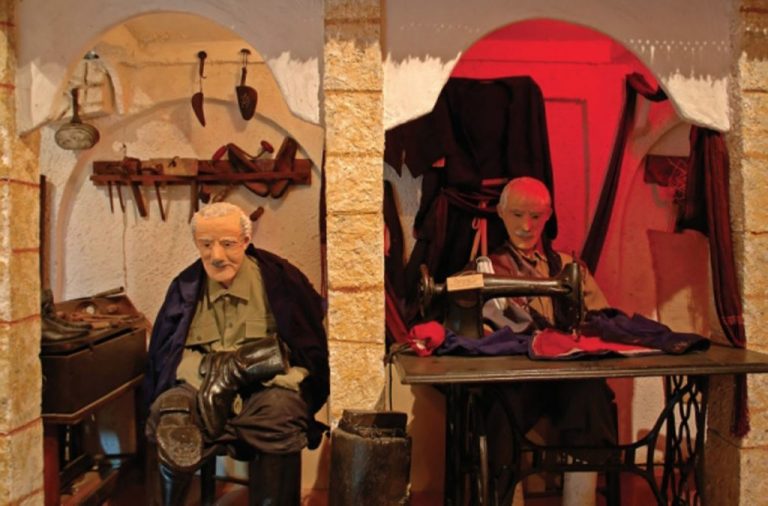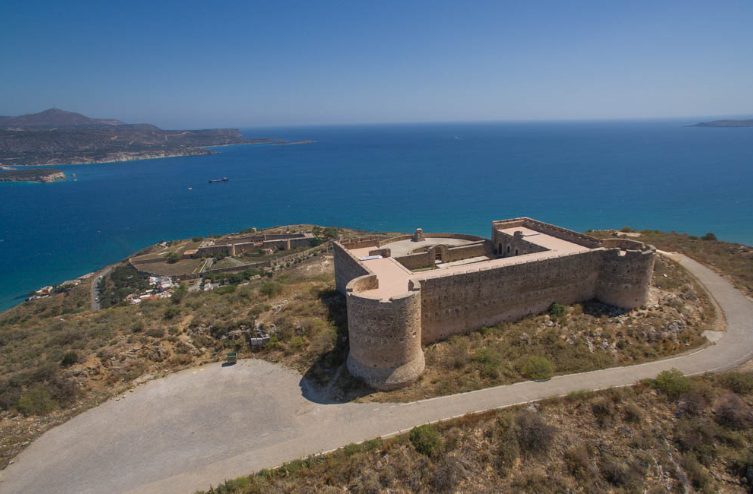Favourite
The tombs of two renowned Greek politicians, Eleftherios Venizelos and his son, Sophocles Venizelos, are located on the route from Chania Town to Akrotiri and the airport, on top of a hill with a panoramic view of the town. Eleftherios Venizelos is one of Greece’s most powerful politicians today. He was born in 1864 in Turkish-occupied Crete and took part Read more…
Favourite
Since 1963, the Museum has been situated in the Venetian Monastery of St Francis’ church. The displays depict the area’s cultural history and character throughout the years, from Neolithic times to the Roman Empire. The exhibition hall is separated into two primary portions in terms of breadth. The east wing has antiquities from the Late Neolithic and Bronze Age (Minoan Read more…
Favourite
The Holy Metropolitan Church of the Presentation of the Virgin Mary is a Greek Orthodox cathedral in Chania’s old town, Athinagora Square. It was constructed between 1850 and 1860, during the latter years of Ottoman sovereignty. The center aisle of the church is devoted to the Presentation of the Virgin, while the south aisle is dedicated to the Three Hierarchs Read more…
Favourite
The Roman Catholic Church of Chania (1842) is located on Halidon Street 46, which runs from 1866 Square all the way down to the Venetian harbor. It was founded on April 25, 1879, and is dedicated to the Virgin Mary. It is the cathedral of the Catholic Diocese of Crete, as well as the parish church for the Catholic parish Read more…
Favourite
The Folklore Museum is located in the center of the Old Town, directly close to the Catholic Church of Chania. It is held in a modest – but pleasant – house and features a large, well-organized collection of traditional antiques that depict life in Crete during the 18th and 19th centuries. The home is separated into several rooms depending on Read more…
Favourite
A relatively recent castle in decent condition that overlooks the Suda Bay in Crete. It is located 12 kilometers east of Chania, near the ancient city of Aptera, on a hill. After the Cretan Revolution of 1866, Hussein Avni Pasha erected it to dominate the Apokorona region and to assist Itzadin castle in dominating the strategically crucial harbor of Suda. Read more…
